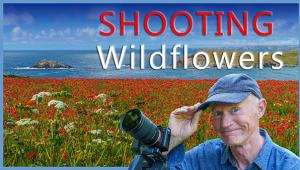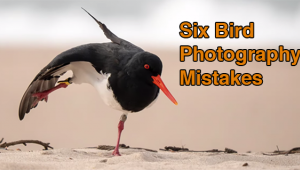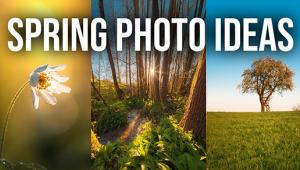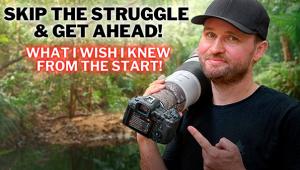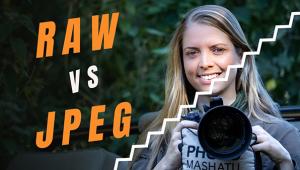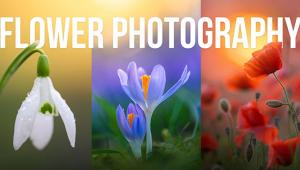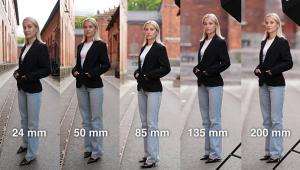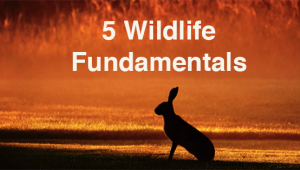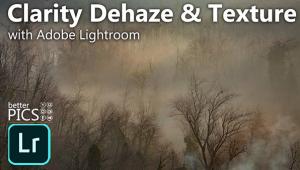CONTRAST is the "Most Underrated" Tool in Landscape & Nature Photography (VIDEO)
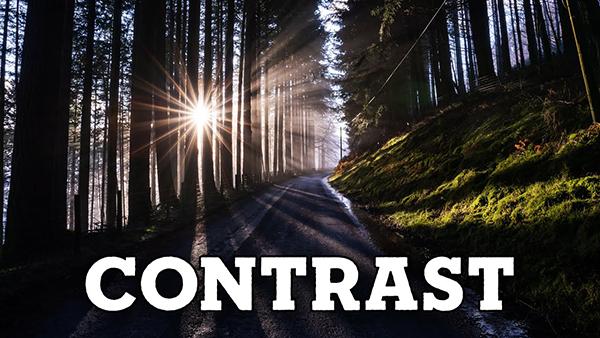
If you carefully analyze a selection of outstanding landscape photos, you'll realize that contrast plays a big part in their impact. Yet, discussions of outdoor photography techniques often ignore this essential component.
We're putting a stop to that today with the six-minute tutorial below in which an acclaimed British photographer discusses the significance of contrast, how to spot it in a scene, and ways to use it to shoot more compelling images.
Instructor Mike Smith is a British landscape photographer whose behind-the-scenes tutorials are really popular with Shutterbug readers because of his straightforward approach. After watching this six-minute episode we guarantee that the importance of accentuating contrast will forever be top of mind whenever you're shooting in the field.
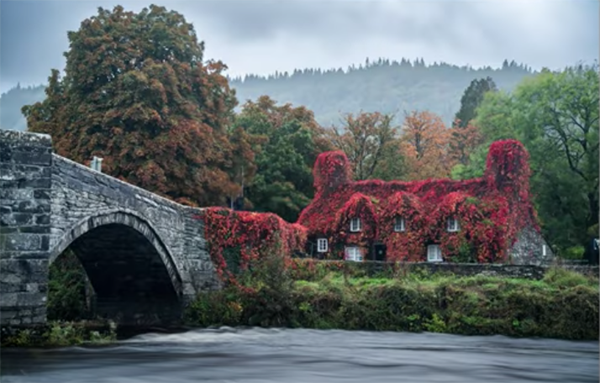
Smith puts it succinctly: "Using contrast is a great way create different moods within your photographs. You can get everything from an edgy image to a dream-like image." As he explains, contrast is simply the difference between the lightest and darkest portion of a photo, and, in a way, it's linked to what's known as "dynamic range."
Key determinants of this essential component include the camera you use, the settings you employ, and the nature of a scene itself. Making the most of the interaction between these key variables is what this quick lesson is all about.
All this will become clear by viewing Smith's selection of images. One has a very bright sky with dark mountains in the background. Another, taken on a bright day, is evenly lit with highlights and shadows that aren't far apart. In either case you can emphasize contrast with the exposure tips that Smith provides.
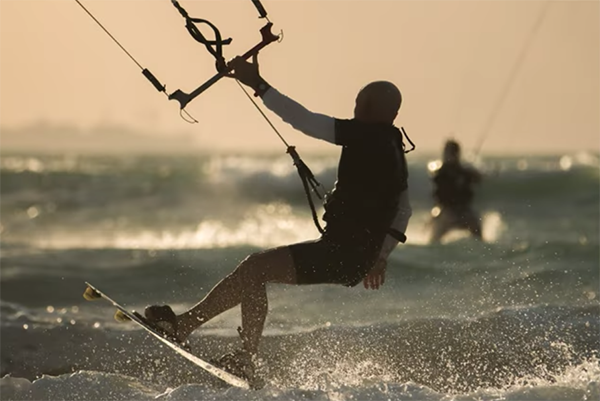
Smith notes that one of the best ways to learn new techniques is by eliminating as many distractions as possible. And when it comes to understanding the impact of contrast, he says the color in a scene can be a very big distraction. Thus, he suggests practicing his suggestions while shooting in b&w.
As he says, this will give you a very different shooting experience, with variations in contrast being much easier to discern. Then, when you switch back to color, you'll be far more prepared to make the most of his tips for using contrast to advantage. In other words, different colors have different luminosities, which is another way of evaluating variations in brightness.
This is one of those techniques that once you get it, you've got it forever, so how about giving this a try as soon as possible. There's much more to learn on Smith's instructional YouTube channel, so be sure to check it out.
We also suggest watching another of Smith's tutorials that we posted in the past, explaining how to use back-button focus for faster, more precise subject acquisition.





